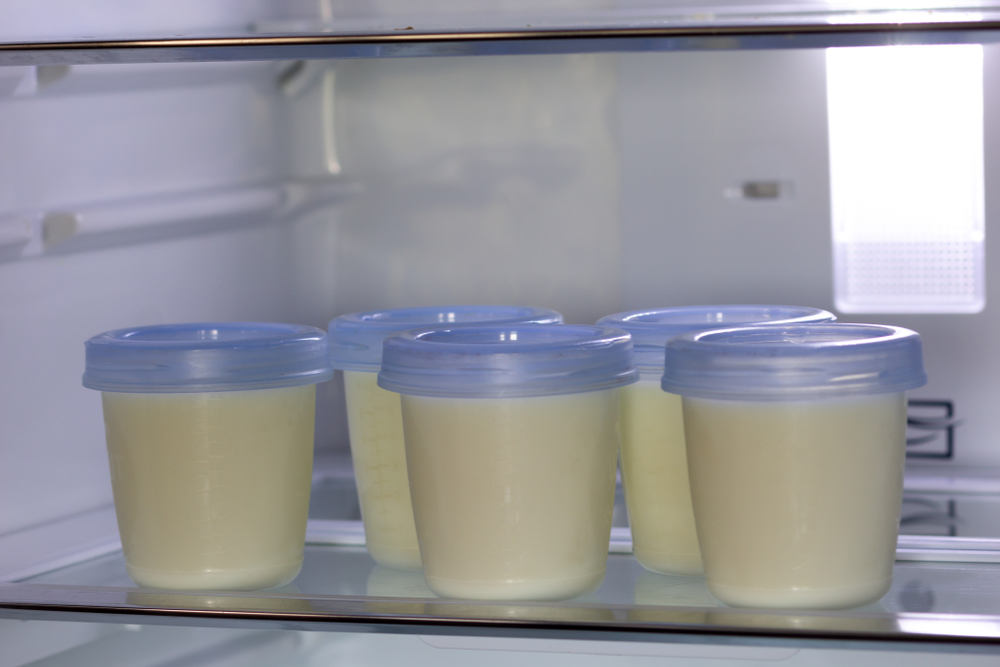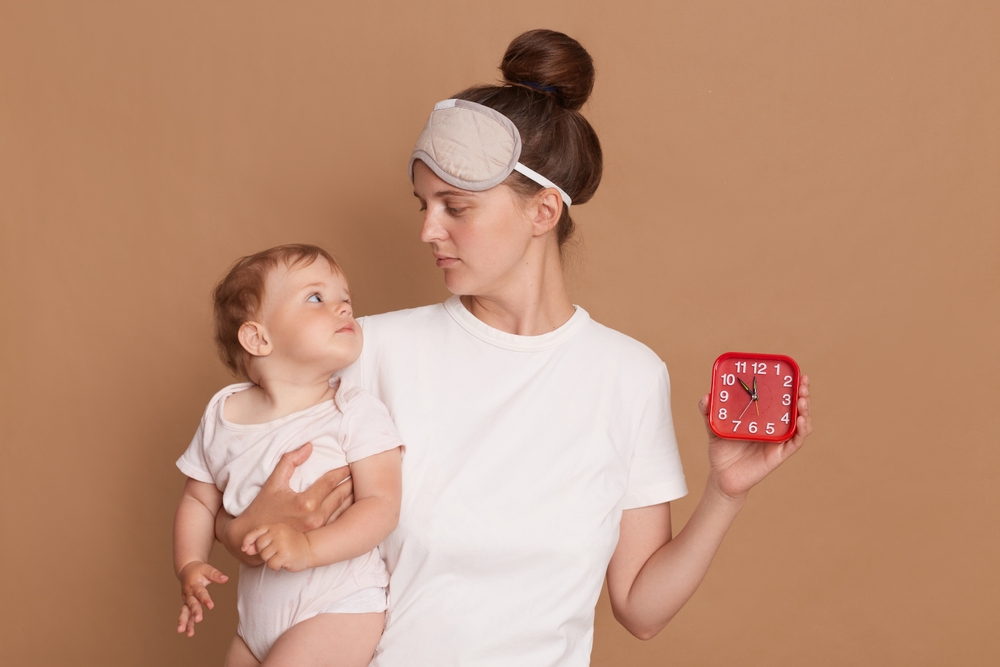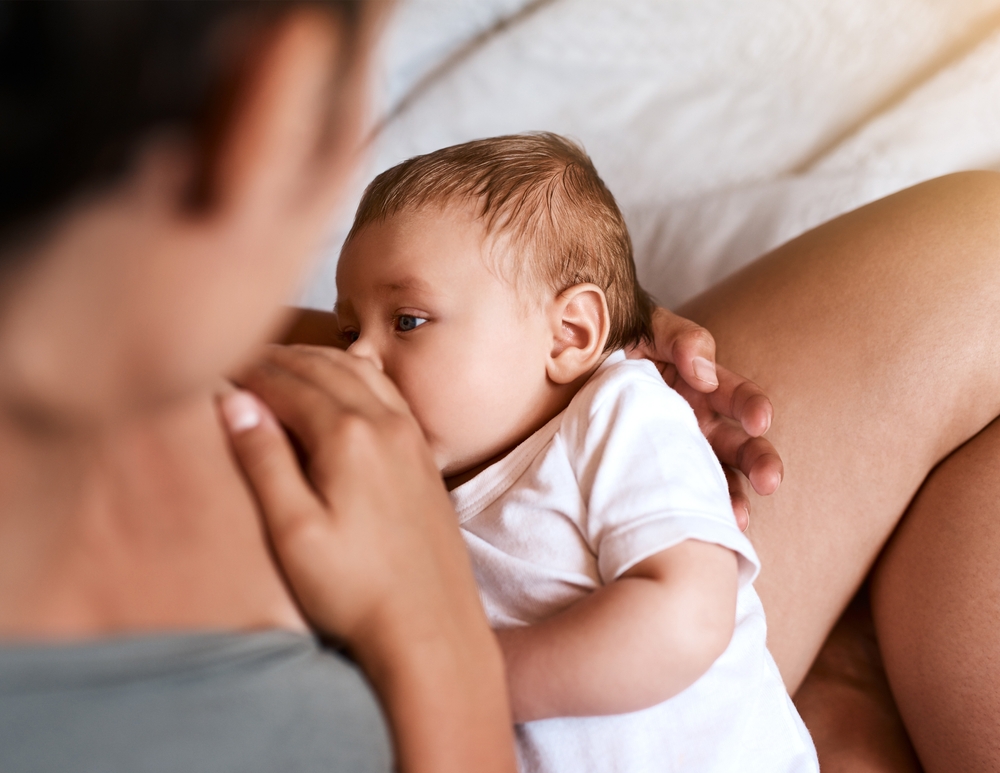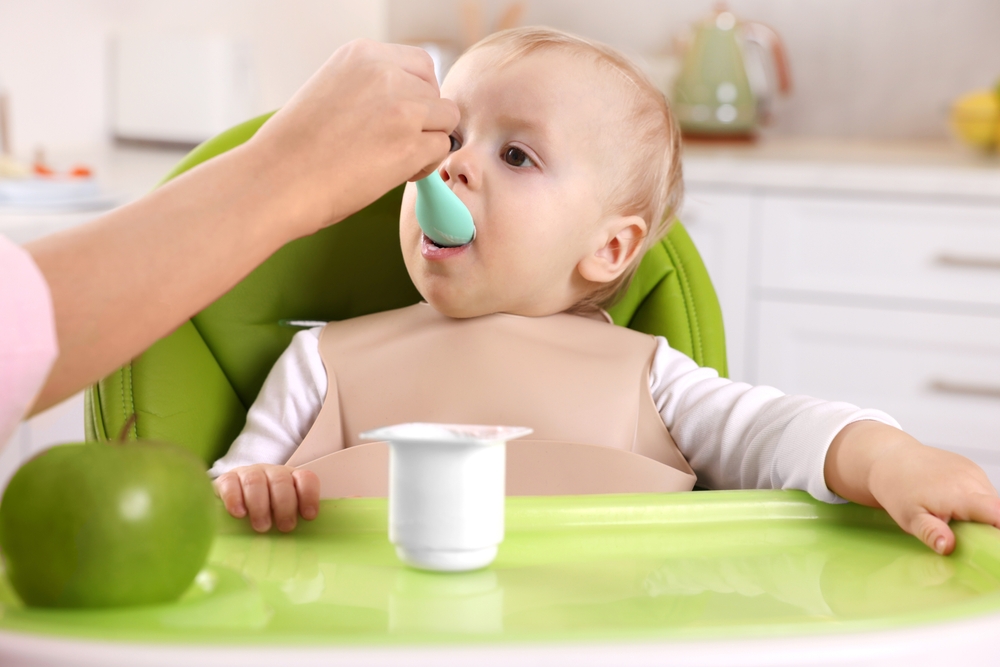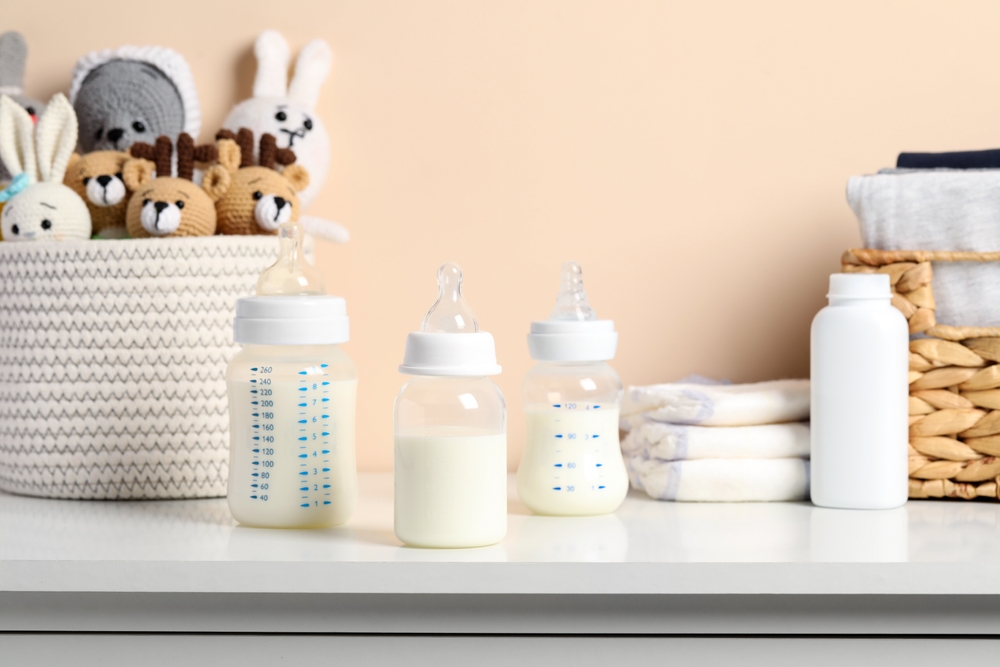Breast milk is full of nutrients, antibodies, live cells and other goodies that will protect your little one from infection. So, if you’re going back to work, heading to the gym or want your partner to put a shift in with a feed, so you can get some well-deserved beauty sleep – welcome breast milk storage. When you can’t be there to nurse your babe, it’s worth the effort to provide expressed milk – trust us! However, we also want to make sure that it’s stored safely for your little one. That’s why we’re going to take you through everything you need to know about storing breast milk, so mummies everywhere are swotted up on the dos and don’ts.
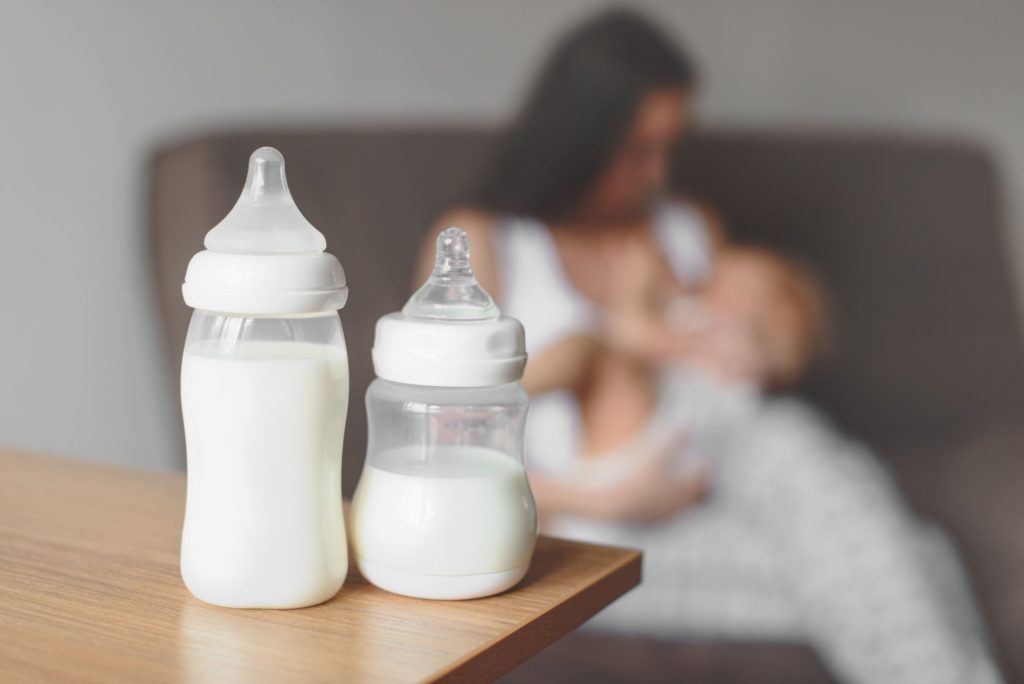
What is Expressed Breast Milk?
Expressing milk means extracting milk from your breasts so that you can store it and feed it to your little cutie later. Once you’ve expressed your milk, you can either give it to your hungry bubba straight away, or you can store it in your fridge/freezer.
Keep in mind – stored breast milk, whether in the fridge or defrosted from the freezer, can look different from freshly expressed breast milk – and that’s completely normal! In fact, it may even split into a creamy layer and a waterier layer. If this happens, don’t worry, all you need to do is gently shake the breast milk storage bottle or container to mix it all back up.
If your freezer has an automatic defrost cycle, the frozen milk may seem frothy after you’ve defrosted it. But again – this isn’t a cause for concern! As long as the defrosted breast milk doesn’t smell funky – it’s usually good to go. However, if you do notice a sour or rancid smell, throw the milk away ASAP.
The Benefits of Storing Breast Milk
There may be a couple of reasons as to why you’d want to express milk, including:
- If your bub is premature or has troubles after birth – you may not be able to breastfeed, but they can still have your nutritious expressed breast milk – yum!
- If you’re going back to work or education, or if you just want some me-time, your partner or a babysitter can take over feeding duties.
- If your breasts feel uncomfortably full, expressed milk can relieve the pressure, giving sore nipples a break from your hungry munchkin!
- If your little one isn’t able to latch on or suck properly.
- To prevent or help ease mastitis – breast inflammation caused by blocked milk ducts.
- To help boost your milk supply.
- When you start introducing yummy solids into your baby’s diet, you may want to include some breast milk too.
- If your bub finds it hard to latch on properly when you’re breastfeeding, expressed milk will save the day!
Remember – it’s advised to wait until you and your bub feel happy and confident with breastfeeding before you start expressing milk regularly. Once you’re both ready – express away!
How to Collect Breast Milk

There are three main approaches to expressing your milk:
- By hand – your midwife or health visitor can help you with this.
- Mechanical breast pump – this is an inexpensive and easily maintainable option for expressing milk.
- Electric breast pump – this is probably the best choice for efficiently expressing bigger amounts of milk. Electric pumps do cost more to buy but sometimes you can hire them too. Just ask your midwife or health visitor what’s available in your area.
What Containers to Store Breast Milk In

You can store your freshly expressed breast milk in any container that’s sterile and airtight – made from BPA-free materials. Though, there are breast milk storage bags, cups or bottles designed specifically for this, and they’ll also have extra nifty features like:
- Calibrated markings so you can see how much milk is in there.
- A writable strip, making it super easy for mummas to mark the date and time of expressing.
- Single-use breast milk storage bags may be pre-sterilised (check the manufacturer’s guidelines to make sure).
- If you’re planning to use a breast pump, you may be able to buy the matching breast milk storage bags or bottles to express your milk into directly. This will help lessen the possibility of contamination so that your bub is always drinking the best of the best.
Remember – never store your bubba’s precious breast milk in disposable bottle liners or plastic bags designed for general household use!
Storing Breast Milk
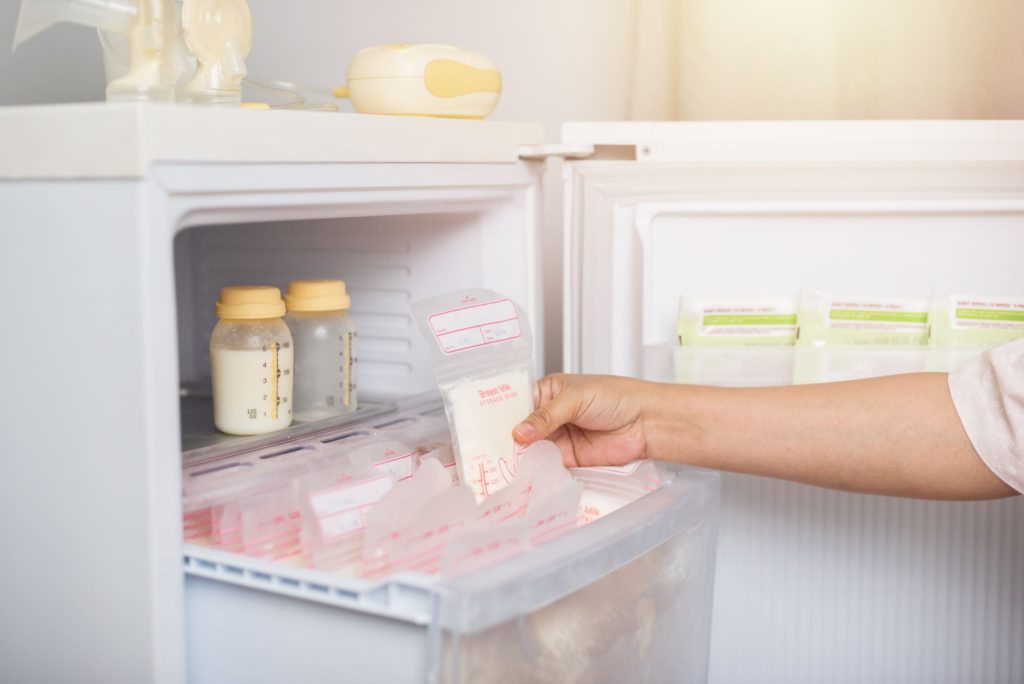
You’re probably wondering how long does breast milk last in the fridge – and according to the NHS, you can store breast milk:
- In the fridge for up to 8 days at 4 °C or lower. If you’re unsure what the temperature of your fridge is, or it’s higher than 4 °C, give it to your bub within 3 days.
- For 2 weeks in the ice compartment of your fridge.
- For up to 6 months in a freezer but only if it’s -18°C or below.
If your little one was born prematurely or has any health problems, you may need to follow different breast milk storage guidelines. But that’s ok! Just ask your midwife and they’ll be happy to help you further with this.
Remember – if you’ve cooled your breast milk in the fridge, you can carry it in a cool bag with ice packs for up to 24 hours.
Use our best tips for storing breast milk and your little cutie will always be in for a treat when it’s feeding time:
- A little goes a long way – store your breast milk in small amounts so that you don’t end up wasting any unnecessarily. A good rule of thumb is to store your breast milk in 60 to 120ml amounts (until you know how much milk your bub takes at a feed). Small amounts can be thawed quickly and don’t forget they can be combined if needed!
- Coolest location – pop the containers in the back of the fridge/freezer where the temperature will be the coolest. And if you can’t get to a fridge/freezer imminently, don’t worry! Just store the milk temporarily in an insulated cooler with ice packs.
- Don’t go overboard – breast milk expands as it freezes – so never fill the containers to the brim!
- Avoid messy mishaps – don’t use breast milk storage bags that haven’t been designed for freezing – they may burst or tear. Double bagging is the way forward as it’ll help prevent sticky situations that come with spilled milk!
- 2 for 1 – you can buy breast milk storage bags that attach directly to a breast pump, so you can collect and store your breast milk in the same container – easy peasy!
Breast Milk Hygiene
There’s nothing more important than your babe’s wellbeing. Therefore, it’s important that the items you use to pump and store your breast milk are squeaky clean so that your little one is safe and sound from bacteria.
You should always follow the manufacturer’s instructions for sterilising and go off the recommended boiling/sterilising time (in case it’s different for the product you have). However, as a general guideline, our step-by-step guide will mean your munchkin is always drinking the best of the best:
- Make sure to sterilise your breast bump before using it. This also includes the storage bottles and any other parts that touch your breasts or come into contact with the milk.
- You can either sterilise by boiling for at least 10 minutes, using an electric steriliser or a sterilisation container that you can pop into a microwave oven. Or if you want to try something completely different, just soak the parts in a cold-water sterilising solution for at least 30 minutes.
- Let all the sterilised parts cool down after boiling/steaming – remember to be cautious when touching them to avoid any nasty burns!
- After each time you’ve used your pump and containers/bottles, always wash them in hot, soapy water and rinse well, then allow them to air-dry before using them. Or for those days where you’re tired of being super mummy – wash and dry in a dishwasher instead (providing they’re dishwasher safe).
Preparing to Use Breast Milk
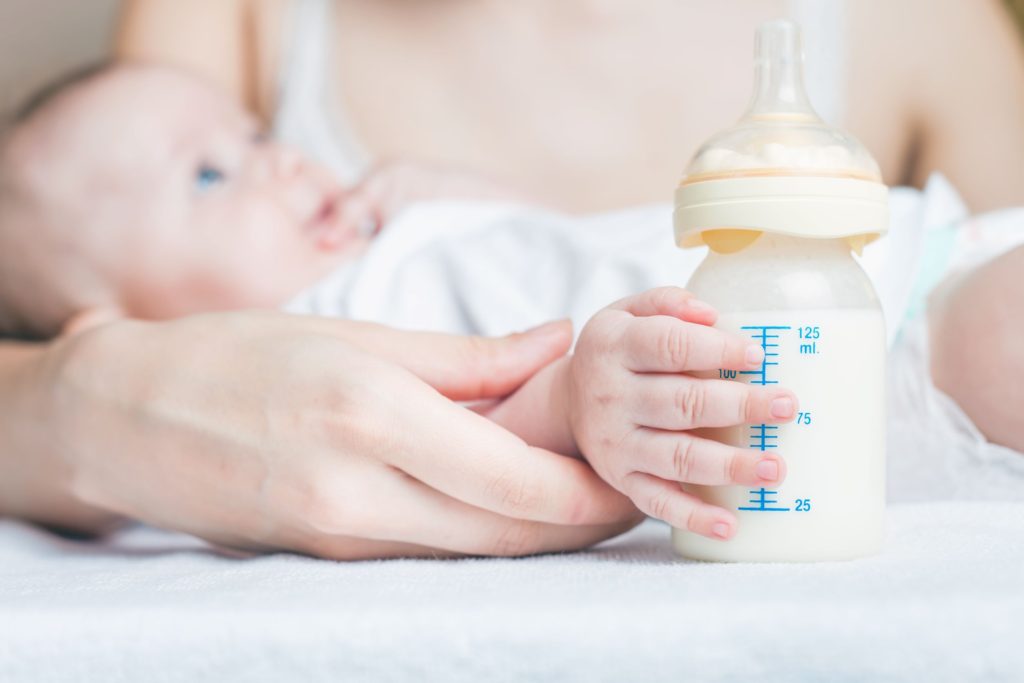
Defrosting frozen breast milk
When defrosting breast milk, make sure to do the following so that it’s safe for your bubba:
- Never leave frozen breast milk to defrost at room temperature.
- Breast milk normally defrosts in the fridge in about 12 hours. If you need a super speedy feed for a hungry munchkin, pop the container in a warm jug of water or hold it under a warm running tap (maximum of 37 °C).
- Once your breast milk has fully defrosted, give it to your little one within 24 hours.
- Never defrost or heat frozen breast milk in a microwave or boiling water – they can take away all that nutritional goodness!
- Never re-freeze breast milk once it’s defrosted.
Warming chilled breast milk
If you’ve stored your breast milk in the fridge, regardless of whether it’s been previously frozen or not, you can warm it up if you’d like to give your bub warm milk – perfect for those winter nights! Though, that doesn’t mean that milk needs to be given to your baby warm – it’s perfectly fine to feed them breast milk that’s chilled. They may even prefer it like that!
If you do want to warm up your breast milk, all you need to do is the following:
- Grab a pan or bowl of lukewarm water and warm up your little one’s bottle for a couple of minutes to bring it to body temperature (37 °C). Or you can also use a bottle warmer if you like.
- Never heat bottles on a cooker or in the microwave. After all, we want to your baby safe from those pesky hot spots!
- Before feeding your hungry bubba, test the temperature of the breast milk by squirting it on the underside of your wrist. The skin here is more sensitive, so it’ll give you a good idea of whether it’s going to be too hot for your baby.
- Once you’ve warmed your breast milk up, it needs to be given to your bub within two hours.
For all the busy super mamas out there, expressing breast milk and then storing it can quite literally be a lifesaving hack. Not only does it make it easier to keep up with your little one’s feeds, but it also means sharing the feeding duties with others so you can pop your feet up. Go ahead and give it a try using our all-inclusive guide, and before you know it, you’ll be a pro at storing, defrosting and reheating breast milk.

